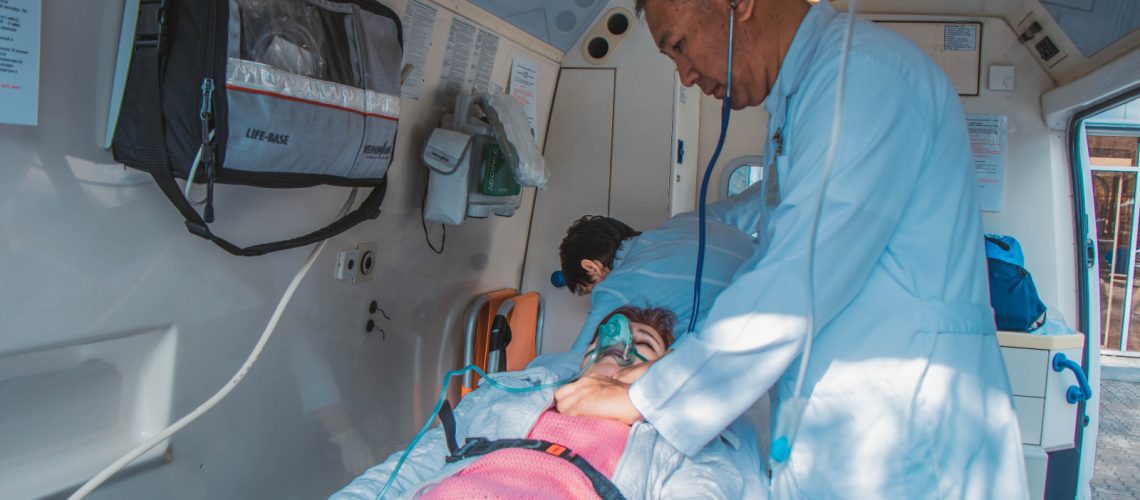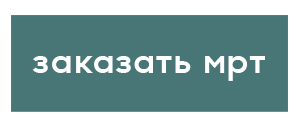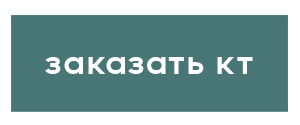The National hospital’s emergency medical services team has saved thousands of lives. Two teams work on a shift basis, around the clock, providing emergency care to their assigned patients, as well as services on a paid basis.
Dr. Ulan Tursynbaev has worked here for 24 years, and his total experience in emergency services is almost 30 years.
We encounter various situations: traffic jams on the roads hinder the ambulance’s progress, we need to get to the patient quickly and deliver them to the hospital on time. Sometimes we have to go down to the basement for them, or carry them up or down on stretchers. There are also female doctors on the team, and this is demanding work, the doctor says. In emergency situations, a doctor needs to make the single correct decision to save a life. Those with extensive experience and expertise can diagnose a patient’s condition based on outward symptoms – such as stroke, heart attack, or pulmonary edema – and understand the nature of an injury and potential complications.
-How do you recover after shifts?
-I go to the gym, I enjoy reading, watching good TV shows, and walking around the city.
-What qualities should an emergency medical technician possess?
-The ability to make quick decisions, act swiftly and calmly, and turn off emotions.
-Which patients have made the biggest impression?
-Probably those we managed to resuscitate from clinical death. There was a case where I was on duty and standing at a bus stop. I witnessed a traffic accident. I ran over, examined the driver. Due to a severe chest injury near the heart, he developed arrhythmia, which led to clinical death. Another doctor happened to be nearby; we laid the driver on the pavement and performed CPR until the ambulance arrived. We later inquired about his well-being. The man survived and was discharged.
According to the head of the department, Nurseit Medeubekov, the daily workload for the teams is over 10 calls; in winter, it increases due to the risk of injuries, especially among the elderly. In the spring and summer, the number of patients with arterial hypertension, risks of stroke, and heart attacks increases. The dispatch service sorts calls by category: the first three are handled by the emergency service, and the fourth category by the hospital’s outpatient service.




